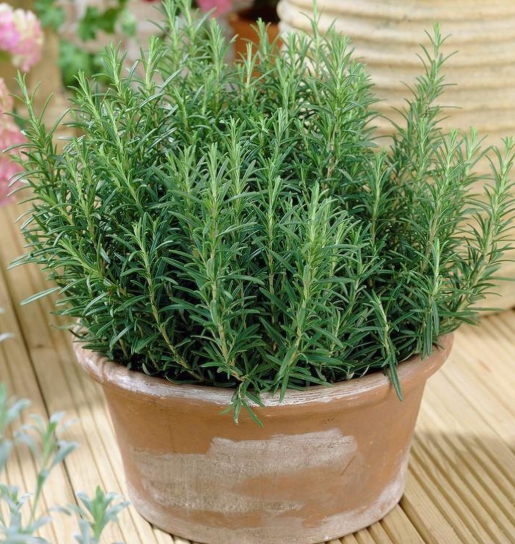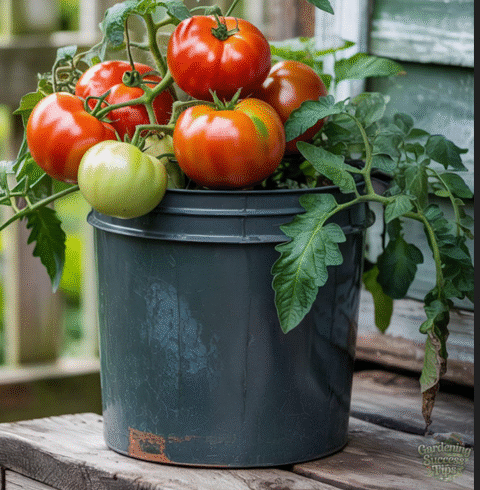🌿 Rosemary Care Secrets: Water It Like THIS for a Lush, Healthy, and Strong Plant
Rosemary is a beloved Mediterranean herb known for its fragrant needles and culinary magic. But did you know that improper watering is one of the biggest mistakes gardeners make when caring for it? Most people unknowingly damage their rosemary by overwatering—especially indoors or in containers. 🪴💧
In this guide, you’ll discover the exact watering techniques rosemary needs to thrive—plus expert tips, signs to watch for, and how to avoid common pitfalls.
🌱 Why Rosemary Needs Special Watering Attention
Rosemary (Rosmarinus officinalis) is a drought-tolerant, sun-loving shrub. While it starts off needing consistent moisture during its establishment phase, once mature, it prefers to stay on the dry side.
- ✅ Native to the Mediterranean: Thrives in well-drained soil and low humidity
- 🚫 Hates wet feet: Root rot is a real danger if soil remains soggy
- 🌞 Sun-dependent: Needs full sunlight and proper air circulation
💧 The Right Way to Water Rosemary
🌿 Step 1: Initial Watering (During Planting)
When planting rosemary from seeds or cuttings, water deeply to help roots establish. Keep the soil lightly moist (but not soaked) for the first 2–3 weeks.
🌿 Step 2: Mature Plant Care
Once rosemary is established (after about a month), water less frequently and only when the topsoil is completely dry.
🌿 Step 3: Finger Test for Soil Moisture
Stick your finger 2–3 cm into the soil:
- 🟢 Dry? It’s time to water.
- 🔵 Moist? Wait a few more days.
🌿 Step 4: Use the Right Tools
Choose containers with drainage holes and a well-draining potting mix (e.g., cactus soil or sand + compost). Rosemary roots must never sit in stagnant water.
📊 Recommended Watering Frequency by Climate
| Climate | Watering Frequency | Notes |
|---|---|---|
| Dry & Hot (no rain) | Every 7–10 days | Use drip irrigation or deep soak |
| Humid & Rainy | Every 2–3 weeks or less | May rely entirely on rainfall |
| Indoor Container | Every 10–14 days | Check soil before watering |
👩🌾 Expert Insight
Dr. Leila Nour, Mediterranean Plant Specialist: “Rosemary’s number one killer is overwatering. People treat it like basil or mint—plants that love moisture—but rosemary evolved to endure drought. Respect its roots, and you’ll have a strong, aromatic plant year-round.”
❓ Frequently Asked Questions
- Can rosemary survive without watering?
Yes, once established, rosemary can go for weeks without water in mild climates. - What happens if I overwater rosemary?
Root rot, yellowing leaves, moldy stems, and plant death. - Can I grow rosemary in a pot?
Absolutely. Just use fast-draining soil and a container with drainage holes. - What if I forget to water it?
It’s better to underwater than overwater. Rosemary can bounce back after minor drought. - Is drip irrigation good for rosemary?
Yes, especially in hot and dry climates—just set it to infrequent cycles. - How can I tell if it’s too dry?
Wilting tips and slow growth are signs—but check the soil before watering. - How much water does rosemary need in winter?
Very little. Water once a month if indoors, and not at all if it rains outside. - Can I water from above the leaves?
It’s better to water the soil directly to avoid fungus or mildew on leaves. - What time of day should I water?
Morning is best—gives the soil time to dry out before night. - Should I mist rosemary leaves?
No—rosemary prefers dry air. Misting can promote fungal growth.
🌼 Final Thoughts
Watering rosemary correctly is less about frequency and more about observation. The golden rule? Let the soil dry before watering again. 🌿🧠 Whether grown indoors or in a Mediterranean garden, this herb will reward your care with robust, fragrant growth all year round.
Now that you know how to master rosemary’s watering needs, enjoy lush stems perfect for roasting, infusions, and garnishes—without worry or waste.






